02/15/2022
Enterprise
A Journey Through 100 Influencer & Creators Startups — Part 1: The Map
The influencer ecosystem is more diverse than you probably realize
Over the last year, the influencer and creator economies have converged. Many creators are undeniably influential, just as influencers continually create content to satisfy their audiences. It’s increasingly difficult to draw distinctions between the two.
This is not necessarily a new thing. The original influencers were people like Oprah Winfrey and Martha Stewart, whose creativity bred new lines of business. Now everyone wants to be like Oprah. More than half of Gen Z regard themselves as more creative than prior generations and 54% say they want to become an influencer.
The difference today is that there are now dozens of platforms that enable ordinary people to follow their dream to become an influential creator.
There are so many platforms, in fact, we created a market map to help visualize the different types of platforms by category.
The market map below includes the startups that show the greatest promise for growth or offer the most innovative solutions, organized into 14 sectors. Most of the categories below are self explanatory, but a few notes:
- Some startups fit in multiple categories. (For example, Goop* could just as easily fit in Shopping, Health, or Beauty, but it’s listed here as a media company because that’s how it started, literally as a newsletter sent out by Gwyneth Paltrow to her friends and family.)
- Media 1.0 companies are those that have been around the longest, at least five years. (And yes, even TikTok / Musical.ly is over 5 years old).
- Some categories, like beauty and apparel, are well established and crowded.
- Categories like crypto are in a nascent stage but perhaps the fastest growing and most interesting sector of all. (Shown by the fact crypto is the 2nd largest category in our top 100!).
The biggest misconception in the influencer and creator space is viewing it as consumer alone.
At Lightspeed, we believe having an influential creator attached to your company, whatever the sector, can drive growth, build brand awareness and further trust, making the business stronger as a result. It’s not essential for all companies, but it’s becoming increasingly important across a wider range of sectors.
People make decisions because of the way they feel and influencers can shape that feeling, whatever the sector.
One of the things a lot of people don’t realize is how strong the enterprise component is for the influencer/creator ecosystem. Companies like Canva and Airtable let influencers build with software. FinTech companies such as Stir and Karat are building financial tools for influencers, while healthcare startups like BetterUp* and Calm* are marketing their products directly to corporations.
The sectors with the largest group of influencers we identified were Media (to be expected), FinTech (more of a surprise), and Crypto (more to come on that in Part 4 of this series).
It isn’t just the number of vertical platforms that’s growing, it’s also how fast the whole sector is evolving. According to a January 2021 report by Insider Intelligence, the influencer industry will be worth >$15 billion this year, or nearly twice what it was in 2019.
Market Map of the sectors where influencers and creators are building the most value**
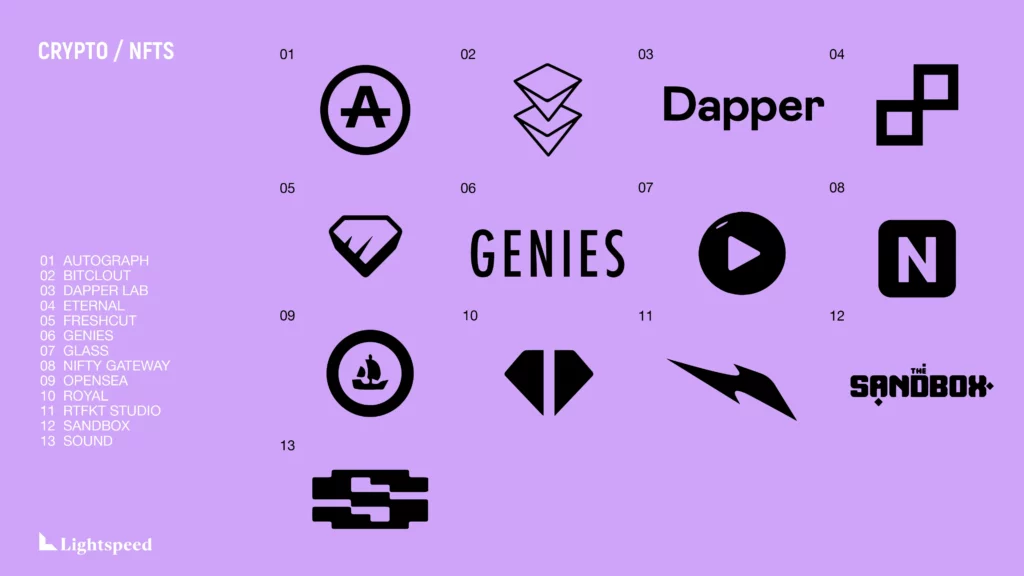
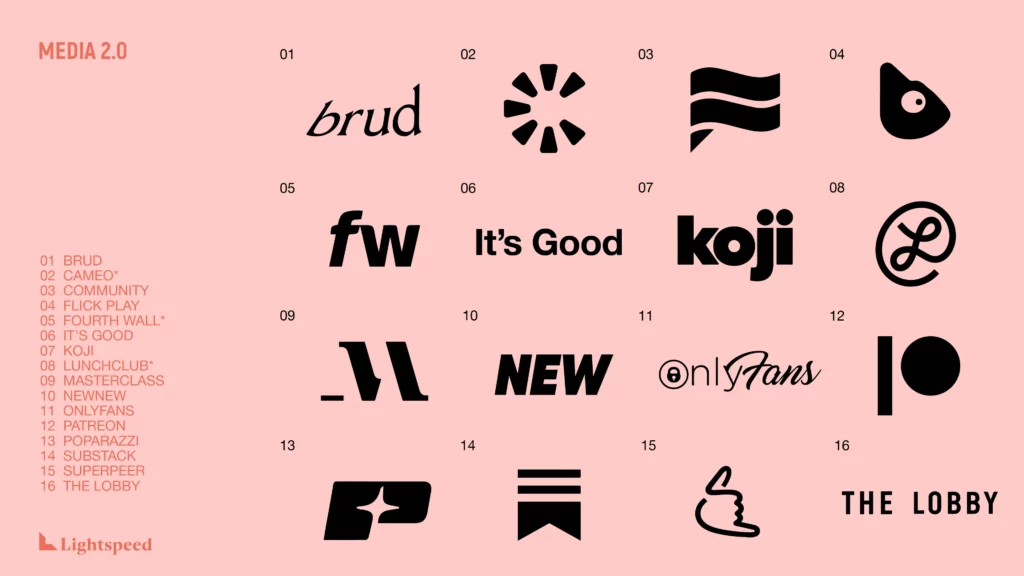
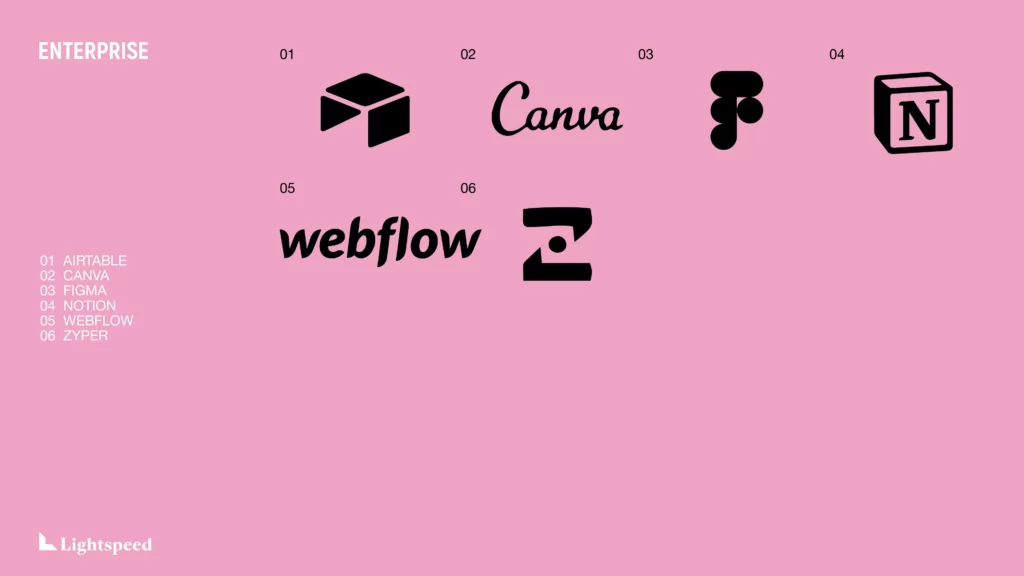
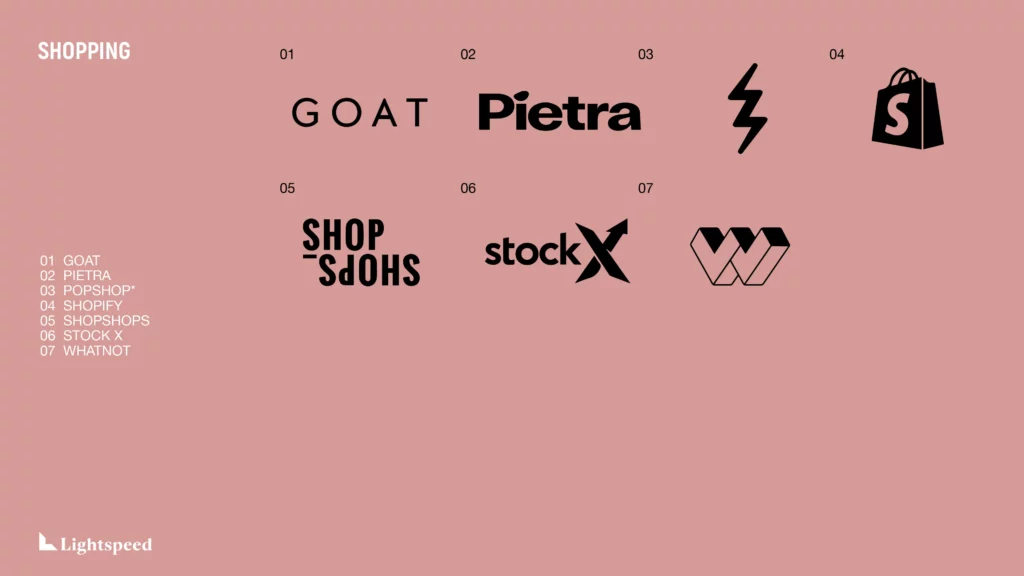
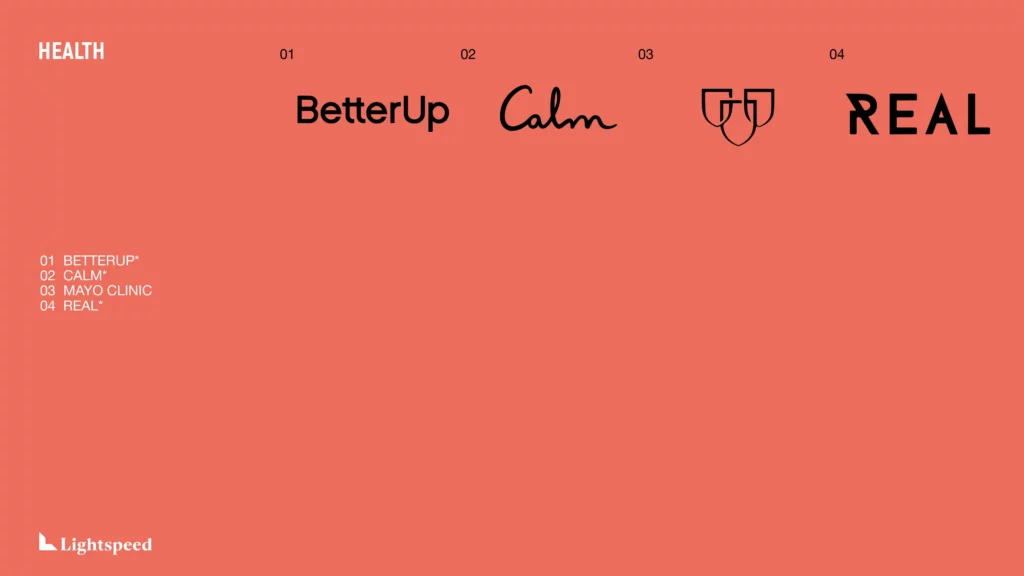
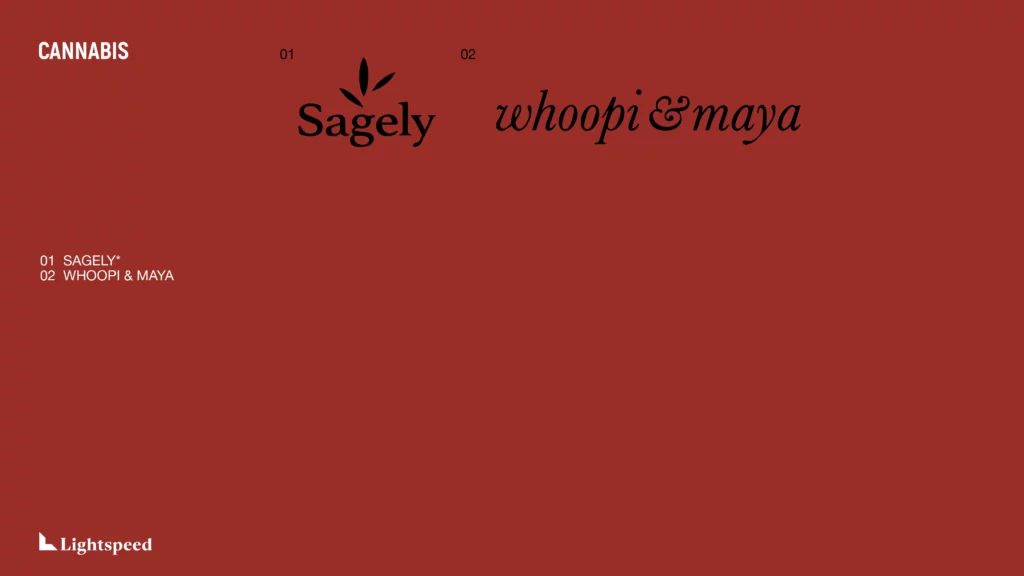



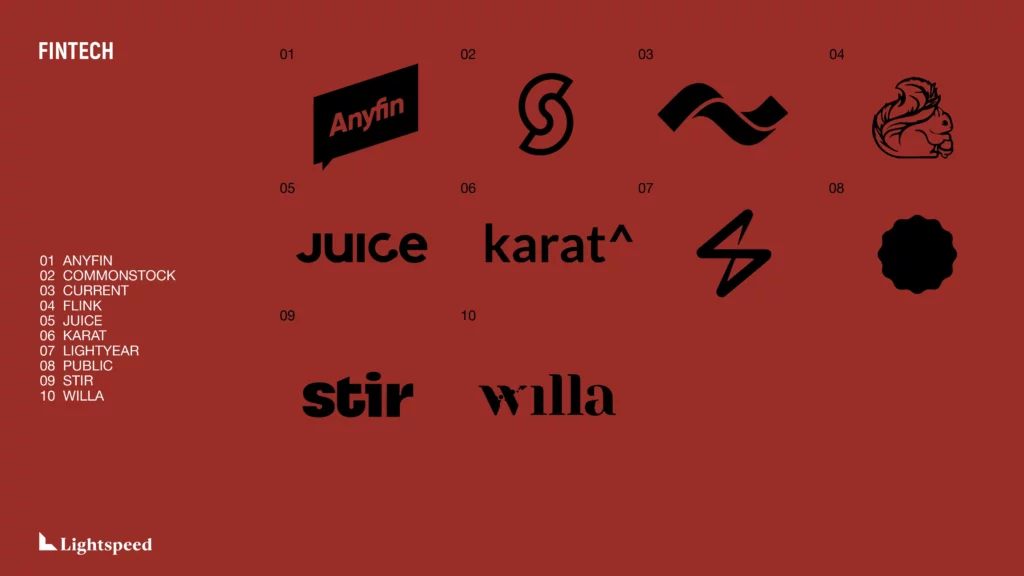
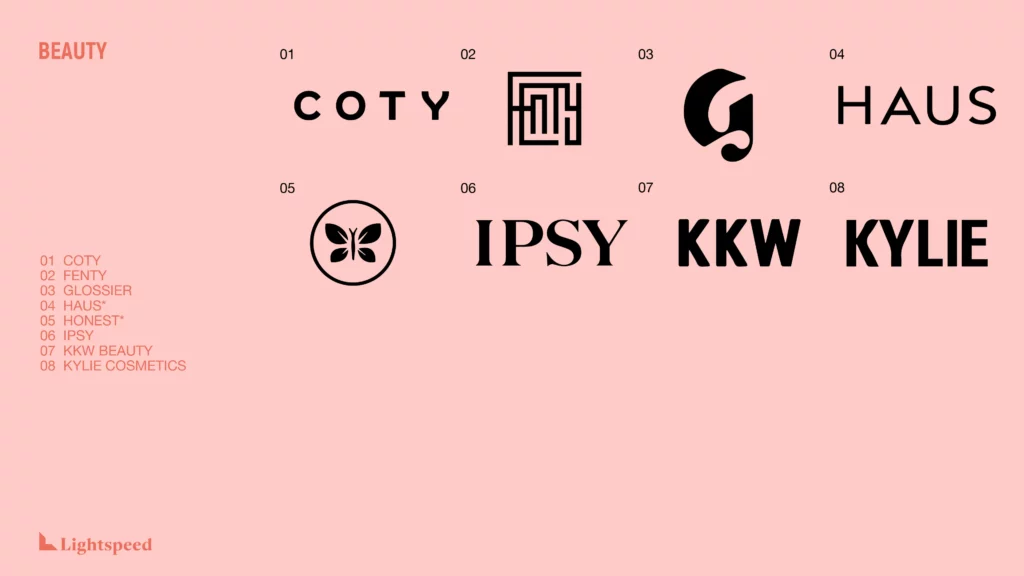
In Parts 2 and 3 of this series, we will look at how this ecosystem is likely to change, and the strategies companies should adopt when approaching influencers. And Part 4 will dive deeper into influencers in Web3.
Stay tuned for a follow up market map where we will rank the top 100 influencer and creator companies by growth. After all, this industry is only in the first innings…
*Denotes Lightspeed portfolio companies.** Note: company order does not represent a ranking.
Is there an influencer or creator startup you think should be in this map? Please email me at nq@lsvp.com and follow me on Twitter.
Authors



